Five Classical dancers from different streams have come together for a new dance show to highlight the teachings of the late philosopher Jiddu Krishnamurti
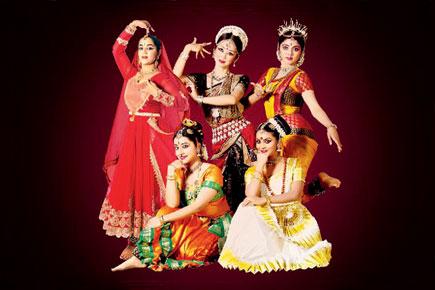
While Classical dance pieces are often based on stories found in mythology, the dance production, Essence of Life — A Revolution in Music and Dance, which will be staged today, seeks to highlight the teachings propounded by Indian philosopher Jiddu Krishnamurti.
ADVERTISEMENT
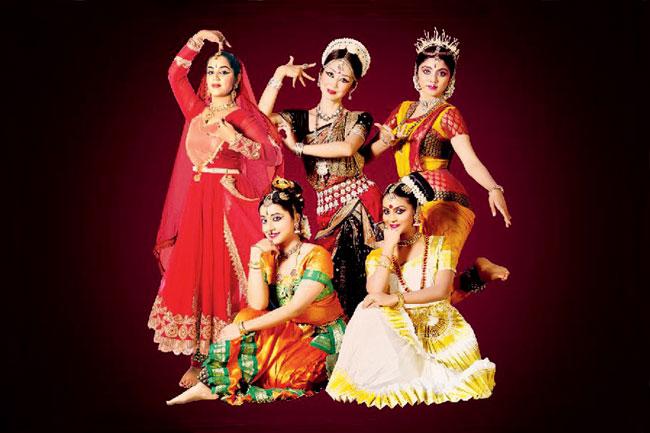
Essence of Life features five Classical dance forms
Born in Madras (now Chennai) in British India, Krishnamurti always stressed on absolute freedom, not just from the social conditioning, but also from one’s own mind, and these are some of the teachings that make their way to the production.
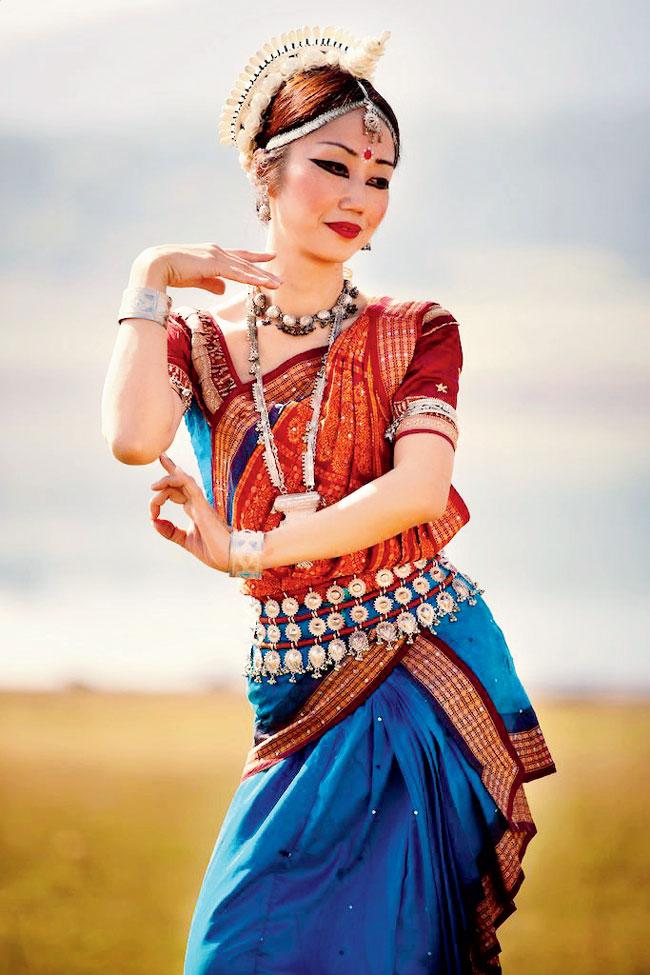
Odissi dancer Masako Ono
The production explores existential and psychological issues such as violence, hate, fear, suffering, love, death and the need for transformation through five dance forms — Bharatanatyam, Kathak, Kuchipudi, Odissi, and Mohiniattam.
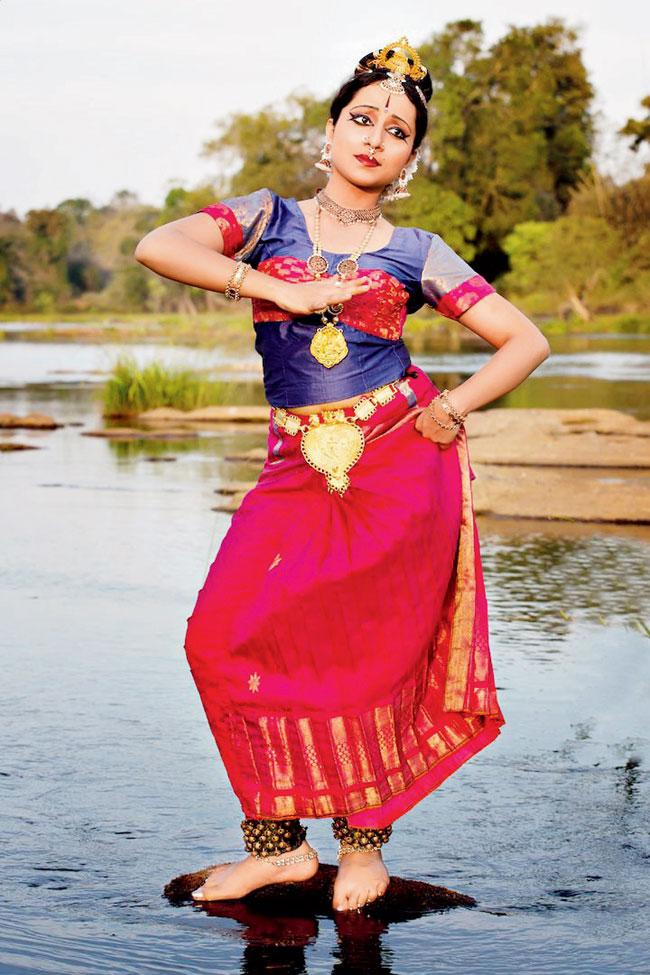
Kuchipudi dancer Prateeksha Kashi
Speaking about the event, Dega Devkumar Reddy, who conceptualised and produced the event, says, “The show raises questions on whether or not human beings can co-exist peacefully, if fear can be destroyed and whether or not the mind can be completely silent.”

Mohiniattam dancer Reshmi Menon
He informs that while dance takes the centrestage, the production will also have musical compositions
(performed by singers Hariharan and Sanjeev Abhyankar) along with an English voiceover interspersed with Sanskrit lyrics.
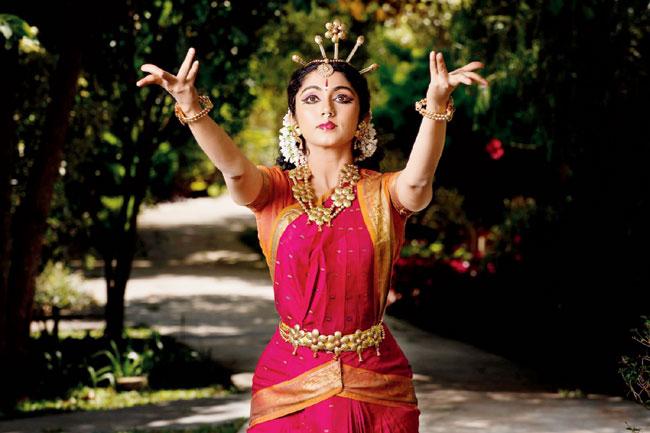
Bharatanatyam dancer Smitha Madhav
“The concept behind the production is that as human beings, we are responsible for what the world is today. And, unless we understand how our mind functions, we cannot change ourselves, or the world. Therefore, we need to radically change our mindset,” shares Reddy.
The performers include Smitha Madhav (Bharatanatyam), Prateeksha Kashi (Kuchipudi), Masako Ono (Odissi), Reshmi Menon (Mohiniattam) and Achute Manasa (Kathak).
Highlighting Krishnamurti’s philosophical teachings through dance was quite a challenge, emphasises Reddy: “People find Krishnamurti’s teachings abstract and difficult to understand like most philosophies. The challenge was to simplify them in such a way that everyone can understand and be inspired to look deeper into his teachings.” The five dance forms that are being featured were chosen because they are popular and blend with each other, especially since a synthesis is required at the end, he adds.
Each of the dancers composed their own dances, whereas the last part of the dance or Tillana has been composed by acclaimed Bharatanatyam dancer Narendra Kumar and is also the highlight of the production.
 Subscribe today by clicking the link and stay updated with the latest news!" Click here!
Subscribe today by clicking the link and stay updated with the latest news!" Click here!






